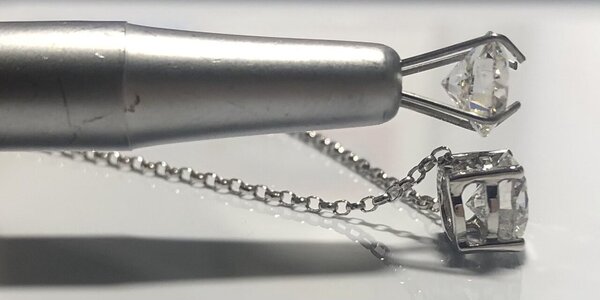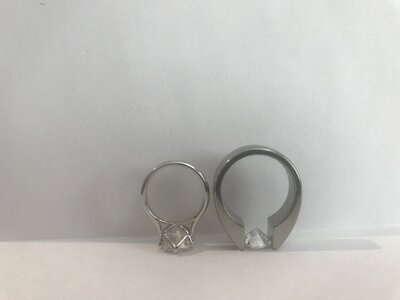- Joined
- Dec 19, 2014
- Messages
- 3,811
Another thing that I was going to mention is that if a person/appraiser has not played with many diamonds of lower/different colors,it is very easy to overestimate color. Additionally, color appraisals should really only be done with a master set and even then they are not done in strict lab environments. I remember years ago when I first became fascinated with diamonds, I used to assume that diamonds have more color than they actually do. I thought that my friend’s D color diamond was an F, for example. I guess what I am trying to convey is that I trust GIA/AGS much more than any appraiser.





300x240.png)